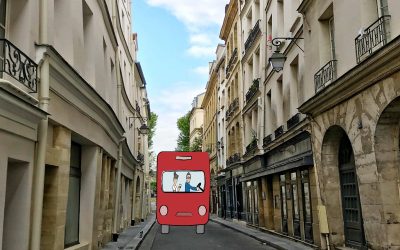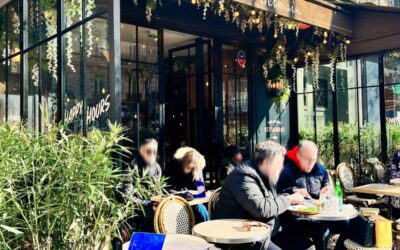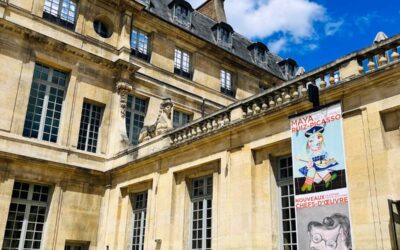There are so many châteaux around Paris, it is hard to keep them straight. If you are visiting Paris however, you have to consider taking a day trip to Chateau de Fontainebleau, the home of the French monarchs and royalty since 1134.
This beautiful French landmark has made an impression on all those who lived here, and all those who visit it.
“The true home of kings, the house of ages.”
Emperor Napoleon Bonaparte about Chateau de Fontainebleau in 1816, while in exile on Saint Helena island
The Palace at Versailles, by comparison, was only constructed in 1634 and can almost be considered as new construction! Today, it is officially recognized on the UNESCO world heritage list.
This guide covers what there is to see at the magnificent Chateau de Fontainebleau, how to get there, and whether it is worth the visit.
Facts & History
As I said above, the original fortress/hunting lodge in the forest of Fontainebleau dates back to 1134. It is about 60km south of Paris and surrounded by forests with a lot of deer and other game, making it a big attraction for royalty.

Each Regent slowly added to the castle and added his personal touch, making the Château today one of the largest in France. It has several wings, 1500 rooms and a giant mishmash of medieval, classic and renaissance architectural styles.
Since it was constructed, almost all the Kings of France spent time here. But the two Kings most associated with it are François I and Napoleon Bonaparte.

i) François Ier, the larger than life French King
François I is the King that all French kids learn about in school, because he is the one decreed that French people should speak French. Prior to that, each region spoke their own languages such as Breton, Latin, Provençal, and all the other languages that were floating around at that time.
François I was a great lover of art. He collected several magnificent pieces of art including the Mona Lisa and Leonardo da Vinci himself, who lived under his protection at Clos Lucé in his hometown of Amboise.
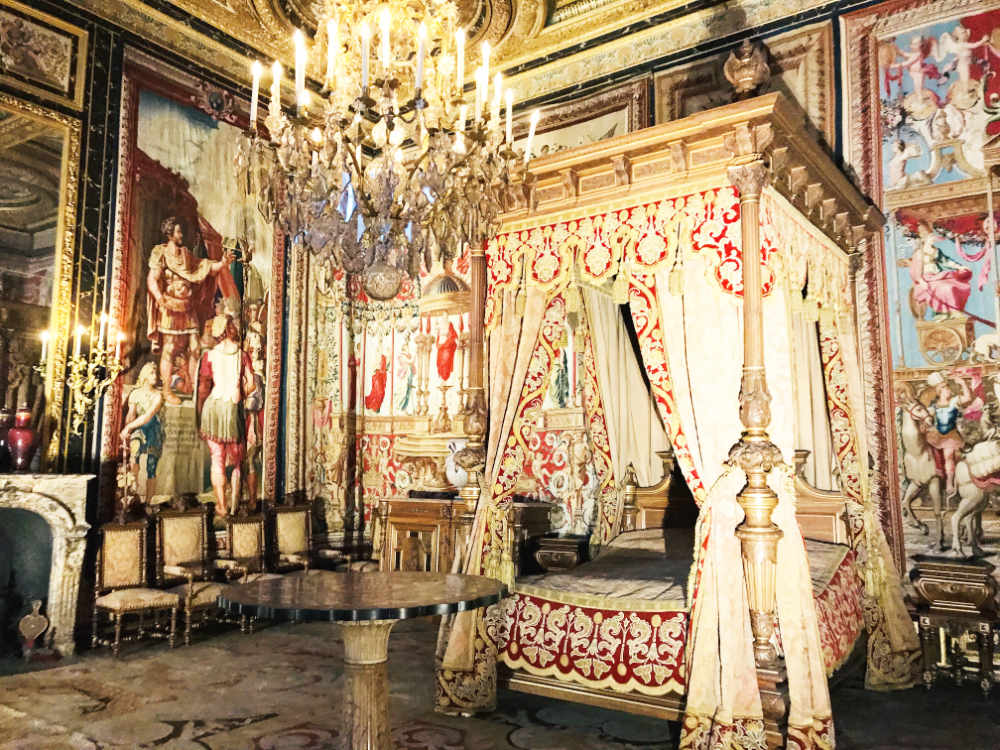
In honor of his achievements, he renovated extensively Fontainebleau and carved his initials “F” everywhere. His son Henri II then inherited the château, and promptly also put “H” everywhere.
But Henri II and his wife Catherine de Medici at least had the good taste to not take down his father’s initials to put their own, so as you walk through the castle you can see all the duelling initials.
ii) Napoleon Bonaparte, the Restorer
Marie Antoinette and her family did spend time at Fontainebleau (she called it the “house in the country”), but the Château was not tainted by the association. The Château remained mostly intact during the French Revolution of 1789, although it was looted of its furniture.
When Napoleon Bonaparte was voted Emperor however in 1804, he decided that he needed a home that matched his status. The Palace of Versailles, which only 15 years earlier was associated with Louis XVI and Marie Antoinette and their excesses, would not do.
With Fontainebleau being the historic seat of the French Kings, Napoleon had the entire Château refurbished, and added a throne room for himself. Unlike Chateau Malmaison which had become more of a private home for his wife Josephine, Fontainebleau was a working castle.
Dignitaries visited, and accords were written here. It also became a luxurious prison for Pope Pius VII for two years when he refused to give Napoleon his way.

iii) Famous treaties signed at Fontainebleau
Over the years the château has seen many monumental events in the history of France including the births, marriages, baptisms and more of all the French royals. In addition, several treaties that changed the course of French history were signed here including:
- 22 October 1685 – Edict of Fontainebleau signed by Sun King Louis XIV. Treaty which reversed the previous Edict of Nantes signed by his grandfather Henri IV, that allowed French Huguenot Protestants to pray freely. This led to much turmoil and many French Protestants moved out of France.
- November 13, 1762 – Treaty of Fontainebleau where King Louis XV of France ceded the State of Louisiana to Spain. (Napoleon later regained ownership, before finally selling it to the United States Government in 1803).
- January 25, 1813 – Concordat of Fontainebleau signed by Pope Piux VII and Napoleon for the pacification. Treaty’s aim was to calm the conflict between French Catholics and Protestants.
- April 11, 1814 – Treaty of Fontainbleau where Napoleon agreed to step down as Emperor and go into exile.
You can read more about French history here.
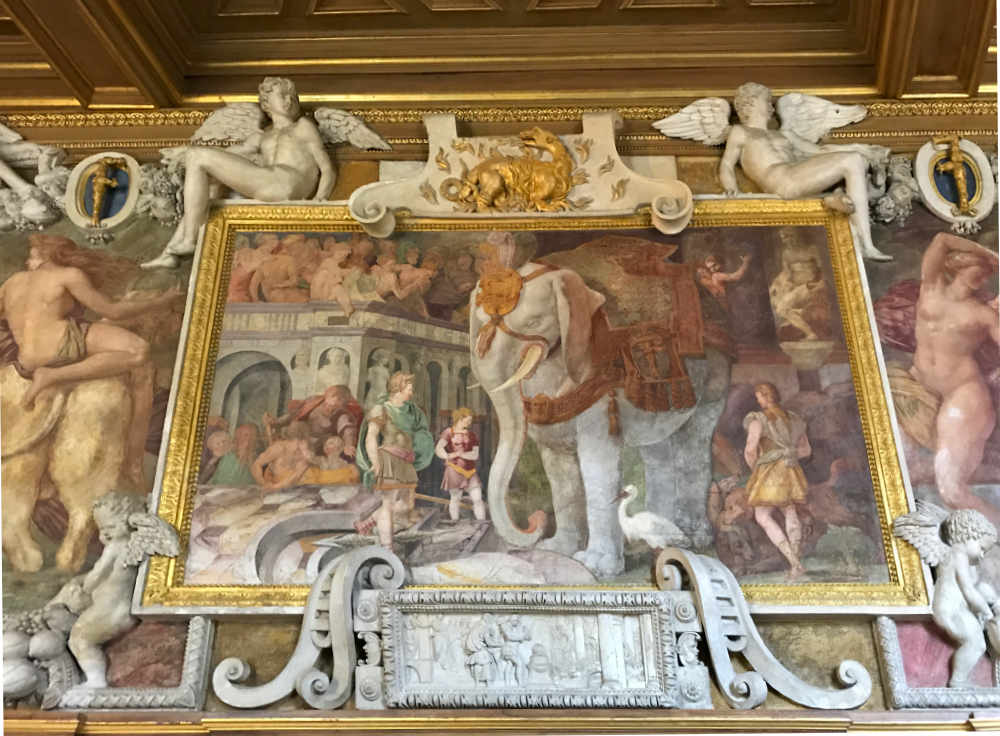
Inside the Château
Since the French Kings never had enough space, the château has been repeatedly expanded and reconstructed over the years. And being such a large building, various parts are always being renovated.
Today the château has two main exhibits, the Francois I gallery and ballroom, and in another wing, the Napoleon Museum. The Francois I gallery is lavish with its ornate woodwork and decorations.
But it is the Napoleon museum that gives Fontainebleau its heart. All sorts of artifacts, including his clothing, are on display giving insight into daily life.

The part I really enjoyed were the large portraits. There are several life-size portraits of various members of the Bonaparte family, including their children. As someone with a mixed reputation outside of France, seeing Napoleon’s family shows a different side of the man.
For one they all bear a strong resemblance to him, and with the portraits all over the royal palace, it feels a bit like wandering into someone’s living room where their family photos are displayed.

The Gardens
The Sun King Louis XIV might have built the extravagant Château de Versailles, but you can never have too many Châteaux. He also put his own touch on Fontainebleau, and more extensively, its gardens.
He ordered André Le Notre, the same gardener who did Versailles and Chantilly, to renovate the gardens at Fontainebleau as well.
With over 130 acres of parkland, the gardens are an elaborate series of courtyards, canals, and pavilions.
Getting to the Château from Paris
By train, the trip from Paris will take about 1hr30. You can take Transilien line R from Gare de Lyon in Paris to Fontainebleau Avon station. From there, take the Aérial 1 bus, direction Les Lilas, to the Château stop.
There are also tours that take you there from Paris, that will have you arriving and returning home in style. Some tours combine the nearby Château Vaux le Vicomte along with Fontainebleau. You can read more about the guided tours here.
Prices and Opening hours
Prices vary from €8-12 with children under 18, and EU residents under 25 being free. The Château tends to have a lot of special events (there was a chocolate festival when we went), so buy your tickets in advance. The Chateau closes at 5pm on most days, so plan your visit early in the day, in order to make the most of your visit.

So have I inspired you to visit Fontainebleau? Have you been blown away by how much French history happened there? If you enjoyed that article, you may like to read more about other possible day trips from Paris. A bientôt!


